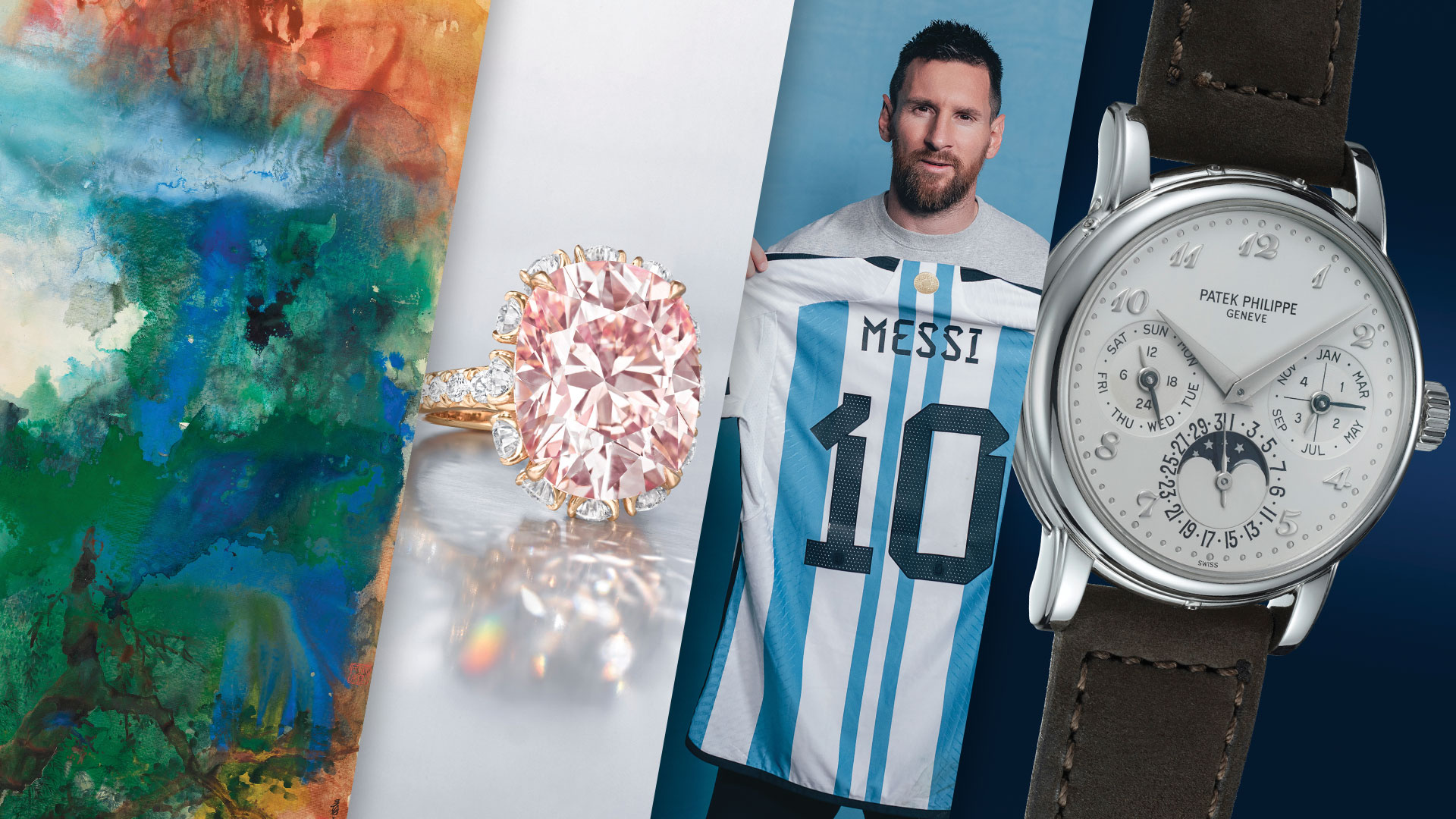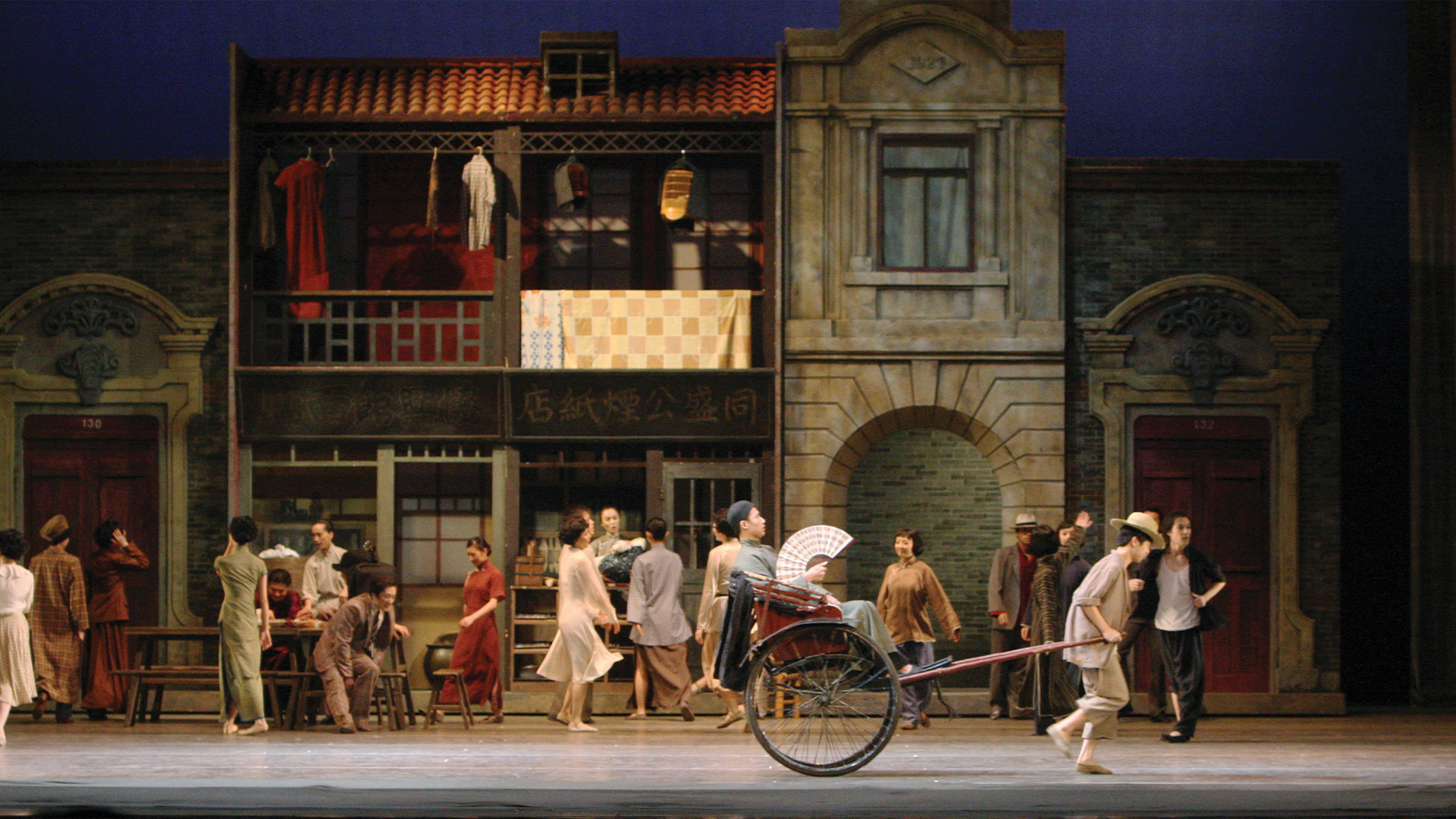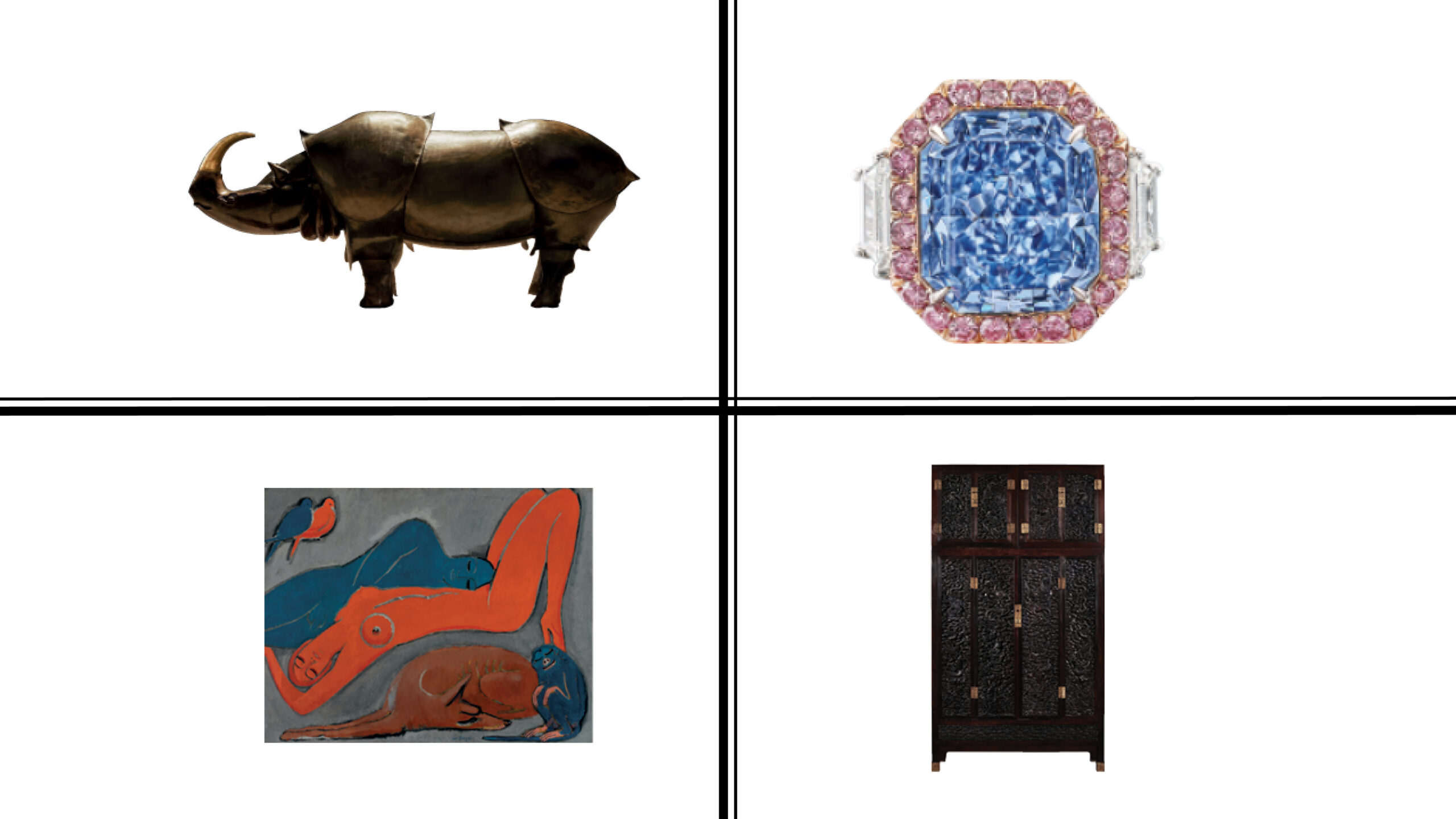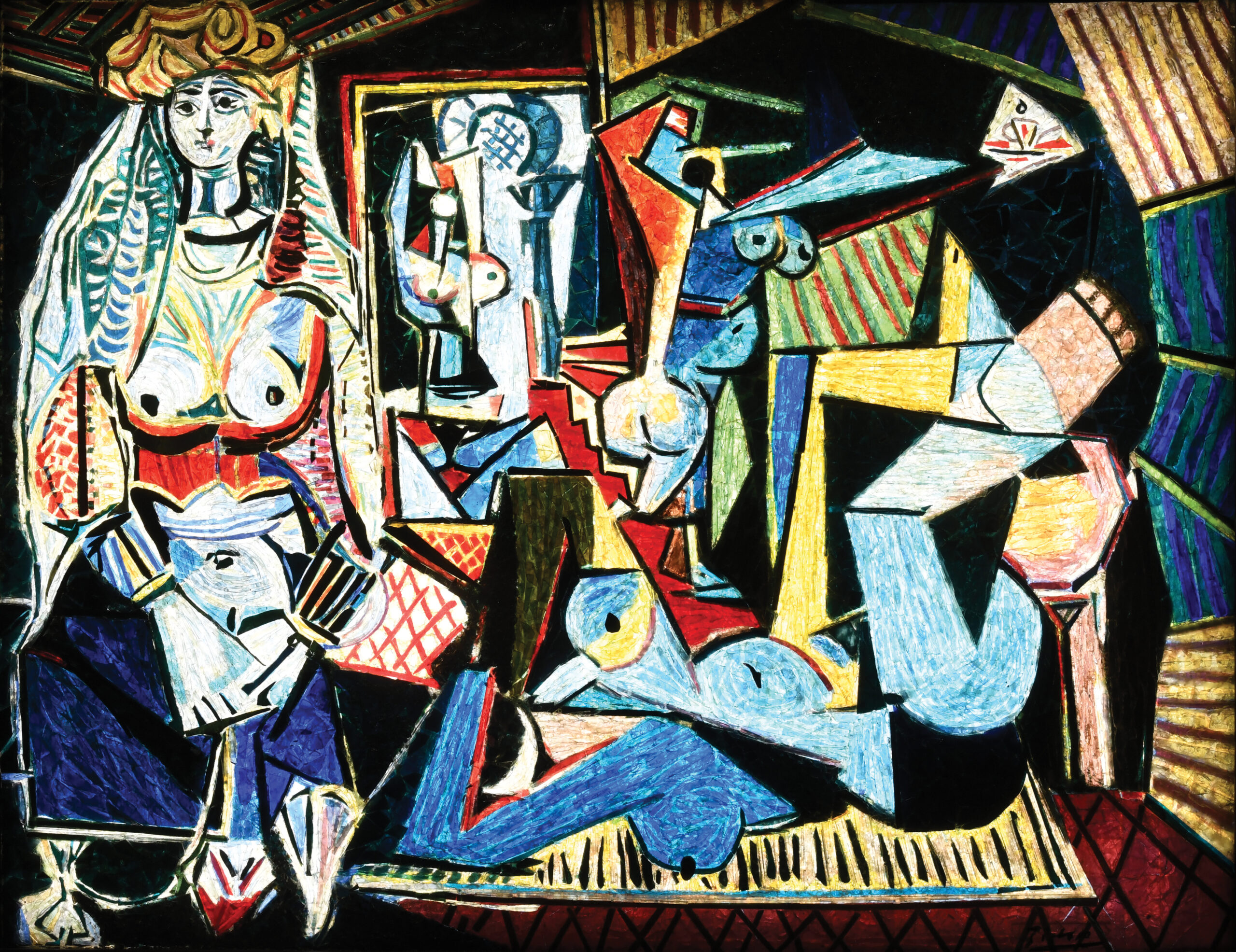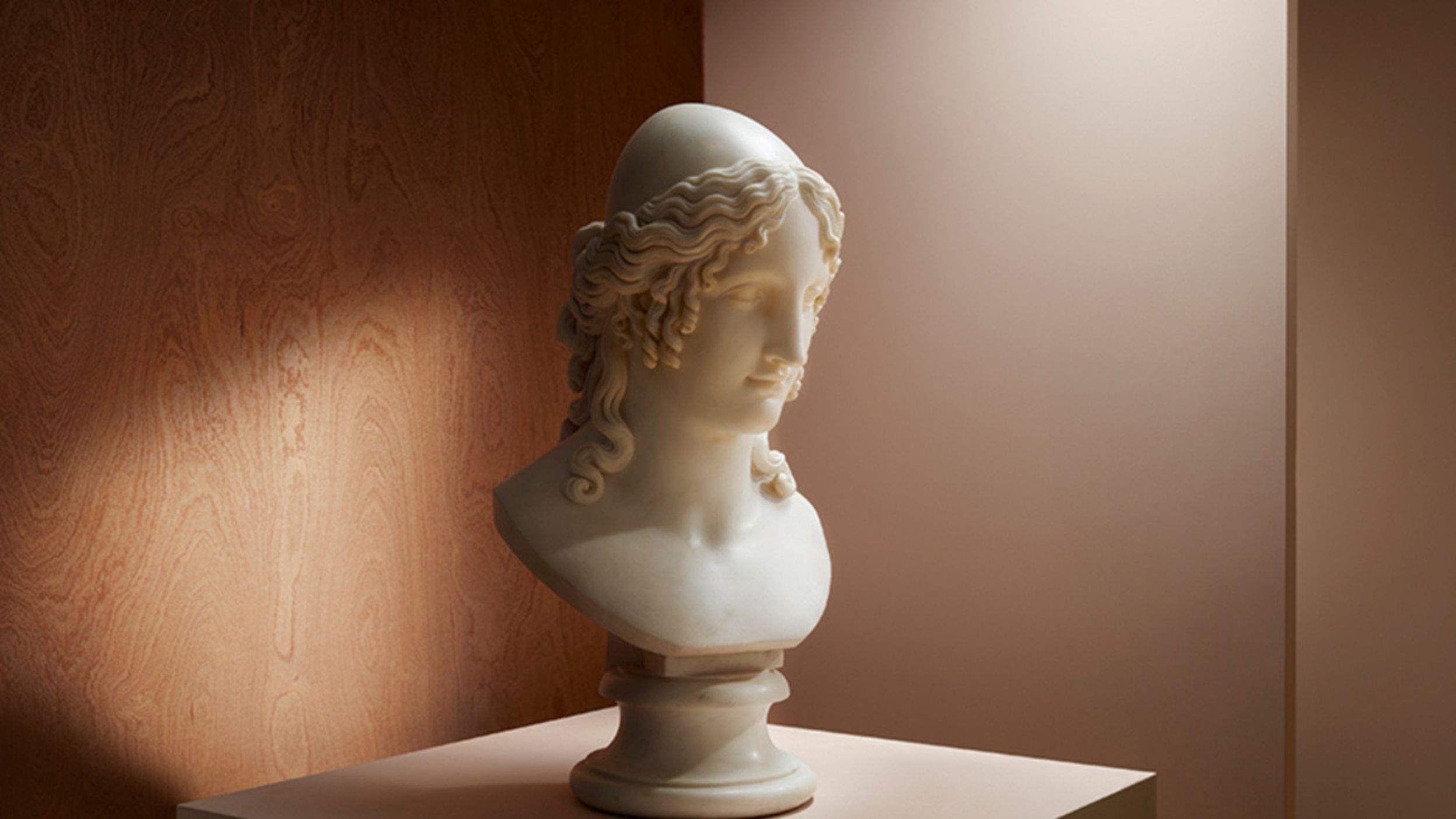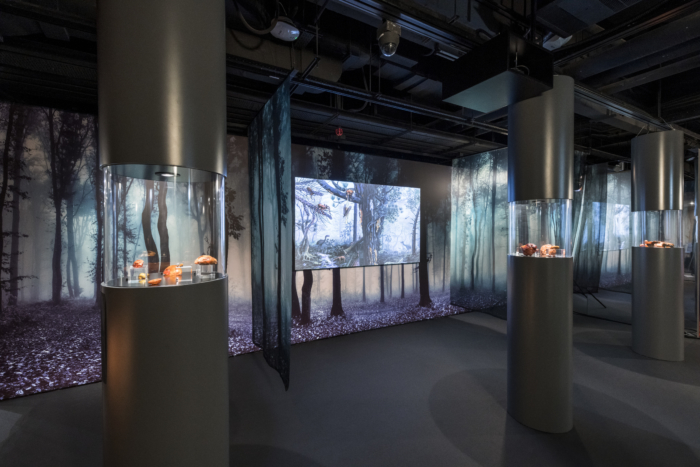
Amber: Baltic Gold- An exhibition at the Indra and Harry Banga gallery
The Indra and Harry Banga Gallery of the City University of Hong Kong (“CityU”) presents a new exhibition Amber: Baltic Gold from December 15, 2022 through April 11, 2023. The exhibition brings together 240 impressive amber artworks from the National History Museum of Latvia; the Latvian National Museum of Art; Association Tresors de Ferveur; the Fondation Fourviere–Musee d’art religieux; the Mengdiexuan Collection; the Liang Yi Museum; and other private collectors, designers and artists.

Divided into six sections, this exhibition highlights key moments in amber’s artistic trajectory over the last 3,000 years. The first section introduces the origins of amber and its significance to scientific research; the second presents ancient amber cultural relics from the Baltic regions; the third focuses on amber artworks during the Liao dynasty and the medieval times in Europe; the fourth traces the popularity of amber in the Ming and Qing dynasties; the fifth explores the role of amber’s role in 20th-century Latvia; and the final section concludes with amber in contemporary artworks.

Amber is a fossilized form of resin, and it has played an extremely important role in culture, art, politics and religion. With the most famous type coming from the Baltic region, this beautiful organic material was once regarded as a precious mineral already 3,000 years ago. In ancient Europe, amber was sought after and traded to southern Europe and Asia as a commodity. Amber was still in great demand throughout the early modern and modern periods, valued as a raw material for art pieces and luxurious goods. Amber carving workshops were established all over Europe. The split between Protestantism and Catholicism in the 16th century further intensified the competition for amber.

At that time, a semi-religious and semi-military organisation in Germany monopolised the processing and trading of amber in the Baltic regions. They garnered huge amounts of wealth by prohibiting locals from collecting and selling amber; at the same time they invested in amber carvings of religious objects and even of luxurious artworks for European royalty. In Asia, amber was introduced into China through the Silk Road. In the Liao dynasty (916-1125), the Qidan court had a particular taste for amber. This taste for amber influenced the later Ming and Qing dynasties, during which time restrictions were imposed to control the wearing of amber and to ensure this beautiful material was exclusively owned by emperors and noblemen.

The styles of amber art have always reflected the political and cultural environments of the time. Because of its importance in early modern Europe, for instance, specialized guilds of amber carvers were established to ensure the quality and style of the amber works produced. These guilds stimulated the artistic development of amber and craftsmen competed to produce amber art pieces of premium quality to cater to the tastes of aristocracy. In the l6th century, because Protestants no longer used religious objects in their daily devotions, the guilds focused on producing secular amber artworks. At the same time, Catholics continued to use amber for chaplets and rosaries, and thus the workshops produced many religious amber objects for them. In China, the Qidan rulers of the Liao dynasty highly valued amber, leading to the creation of exquisite amber jewellery, pendants, Buddhist vessels and small figurines. During the Ming Dynasty amber was prized as an imperial treasure and made into delicate ornaments and accessories, such as figurines, vases, pendants, necklaces, earrings, and hairpins.

Between the two world wars, Europeans renewed their interest in amber. It was applied both to high- and mid-level artefacts. Luxury brands such as Cartier, Mauboussin and Lacloche Frères, combined amber with gold, diamonds and coral to create exquisite Art Deco compact cases. Amber was also frequently used in accessories, such as men’s cufflinks, chess pieces and cigarette holders. After World War II, the Soviet Union seized control of the Baltic States and mass-produced amber decorative items, like beer mugs, shields, candlesticks and necklaces to cater to the tourism industry. Sadly, such a move diminished the aura of amber. After the dissolution of the Soviet Union, local artists and designers revived the artistic and historical styles of amber, leading to a renewal of amber jewellery and decorative designs.

While sharing a love for amber, European and Chinese cultures had extremely different approaches to amber. For instance, the Baltic designers in the 19th century preferred to create jewellery and decorations that kept close to the original shape of the amber piece. In contrast, Chinese amber carvers tended to transform amber into new and intricate designs. They also made use of amber’s different colours to create different effects.


The curatorial team of Amber: Baltic Gold consists of Dr. Isabelle Frank, the Consulting Curator of CityU’s Indra and Harry Banga Gallery; Gilles Bonnevialle, the General Manager of the art school of Paris-Ateliers; and Nicolas Patrzynski, a specialist in audiovisual design, exhibition production and management. Chief curator Dr Isabelle Frank said, “Many varying factors contributed to the intriguing story of amber. We are honored to collaborate with museums in Europe, collectors and designers. Without their kind assistance, it would not have been possible to tell the life story of amber through an exhibition in a trans-regional and cross-cultural approach. The significant influences of politics and cultures are reflected in this exhibition, with amber art pieces vividly illustrating the historical development of mankind.”



